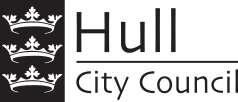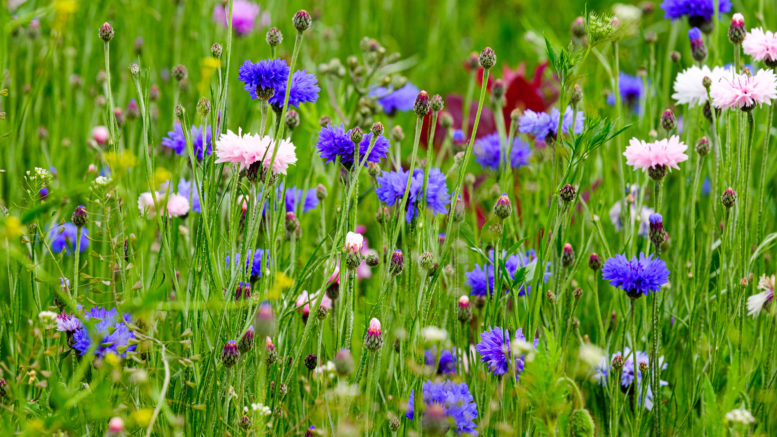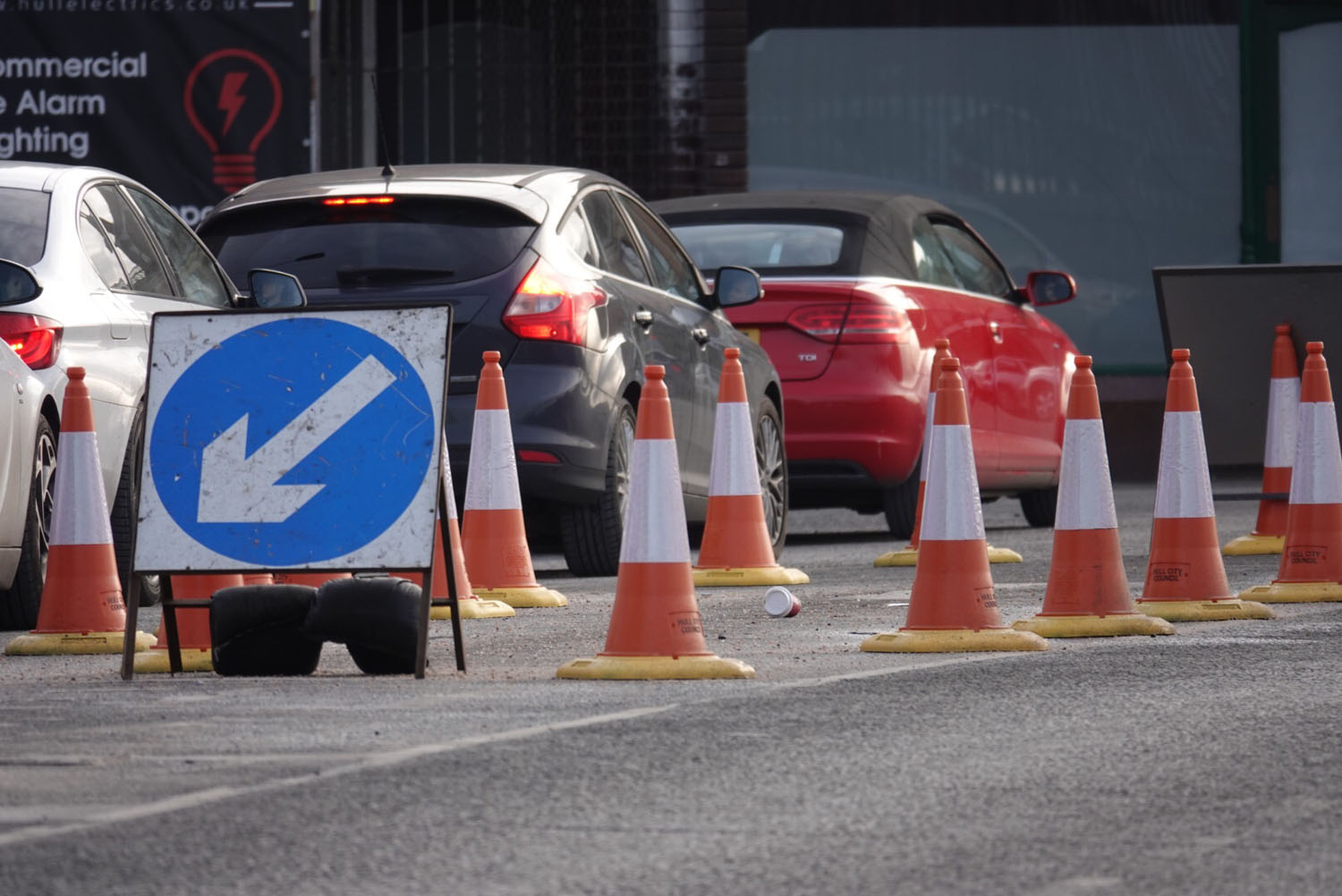With 100 parks, playing fields and playgrounds in Hull there’s no shortage of places to go to enjoy a picnic, a kickabout or a family day out. But did you know that planting programmes are also taking place in unexpected spots across the city to help the environment and brighten up our streets with flowers and trees?
You can visit sensory gardens at Pickering Park, stroll through Victorian Pearson Park with its Yorkshire Wildlife Trust nature garden, head to East Park Animal Education Centre for a memorable encounter with the animals, birds and insects, or get closer to nature with independently run events such as family mindfulness walks, nature and tree trails, parkruns and cycling groups.
It’s not just the city’s green spaces that are flourishing this summer. Hull’s wildflower meadows have sprung back into life, adding bursts of colour to dual carriageways and roundabouts.
Larkspur, cornflowers, poppies, flax, baby’s breath and coreopsis are blooming at Holwell Road, Bude Road, Holderness High Road and Mount Pleasant after the council sowed 16,000 metres last year.
Councillor Anita Harrison, Portfolio Holder for Streetscene, said: “The meadow spaces promote biodiversity and support the national pollinator strategy that promotes nectar-rich planting creating habitats for pollinating insects. They also act as natural flood prevention zones as they can absorb and store more rainwater than grass.”
The meadow seeds planted last year have a lifespan of three years and will be replaced in 2021.
On a larger scale, Hull and the East Riding are expected to house approximately 47,000 trees as part of an ambitious project called the Northern Forest, which will see 50 million trees planted between Hull and Liverpool.
Almost a third of these (14,800) will be planted in Hull at Francis Askew Primary School, Ennerdale Cycle Circuit, Newland St John CoE School, St John’s Playing Fields and Marfleet Primary School.
Find out more about the city’s parks here.




